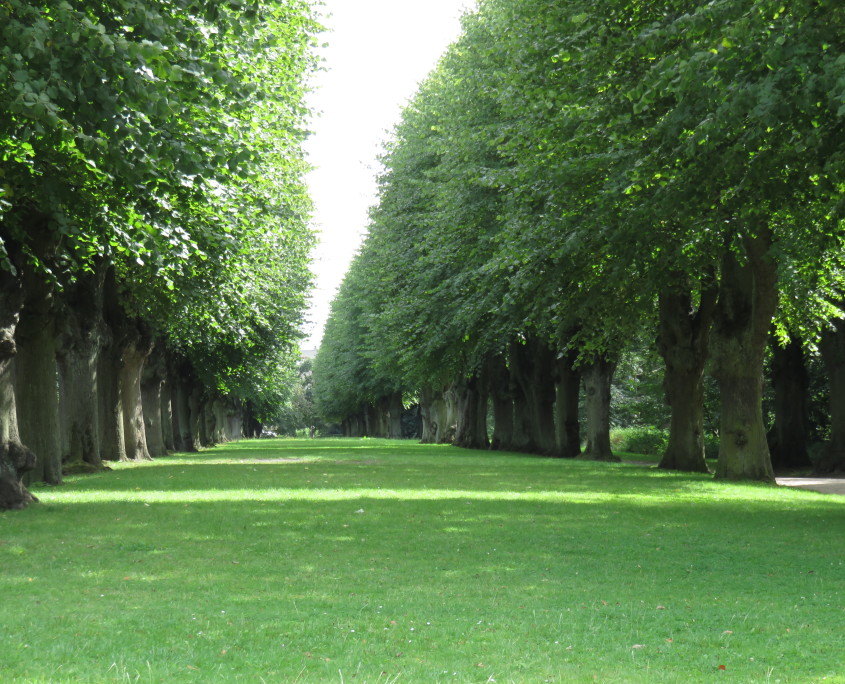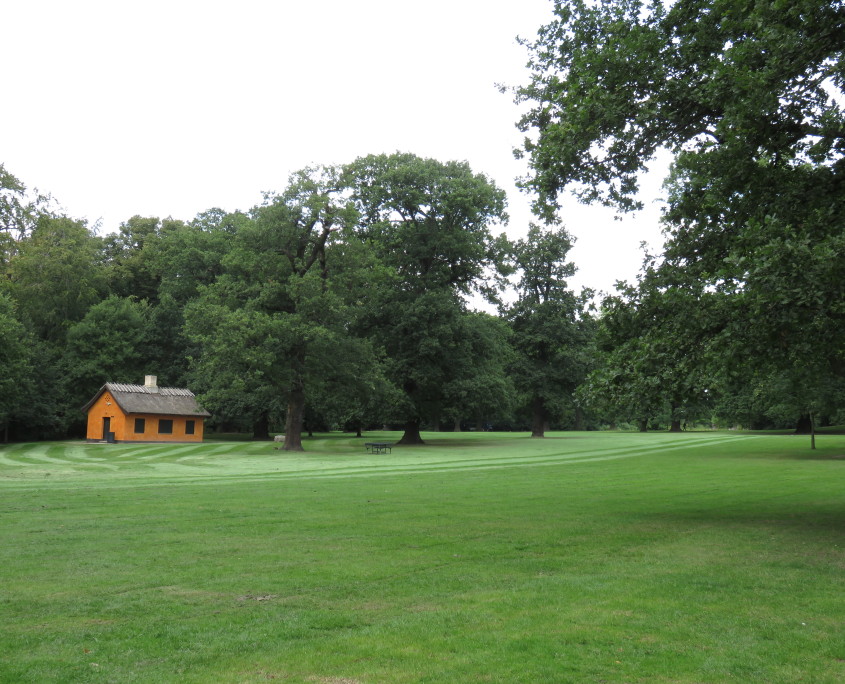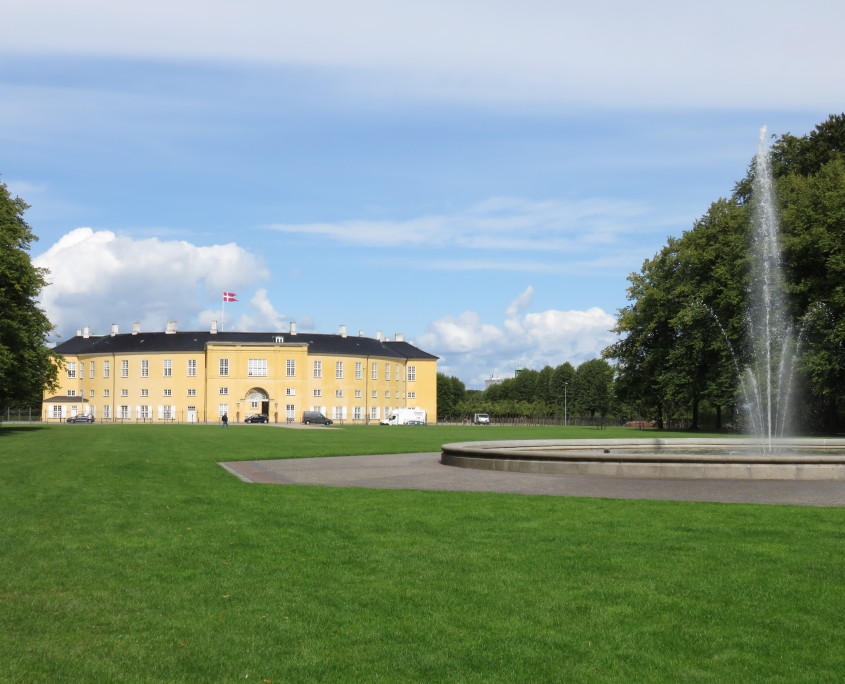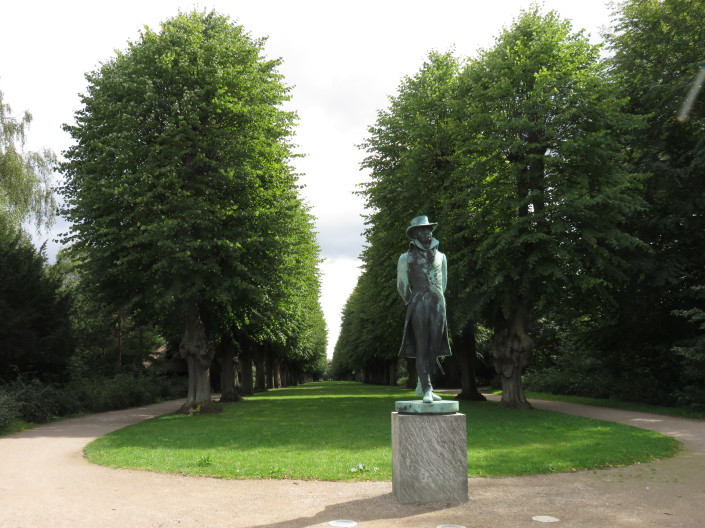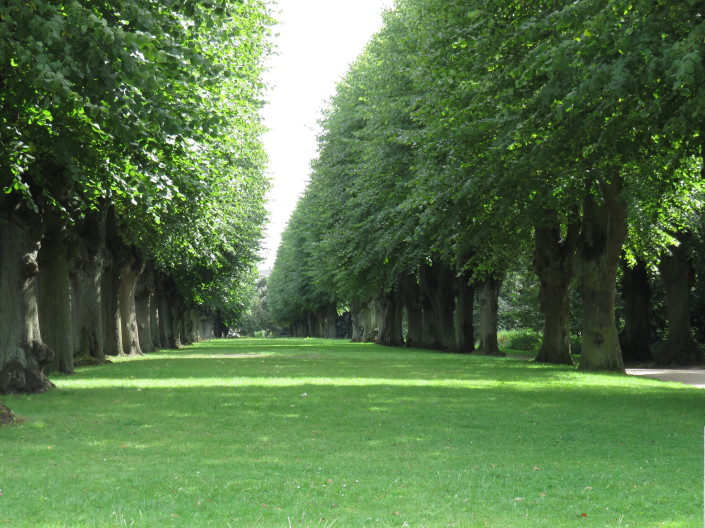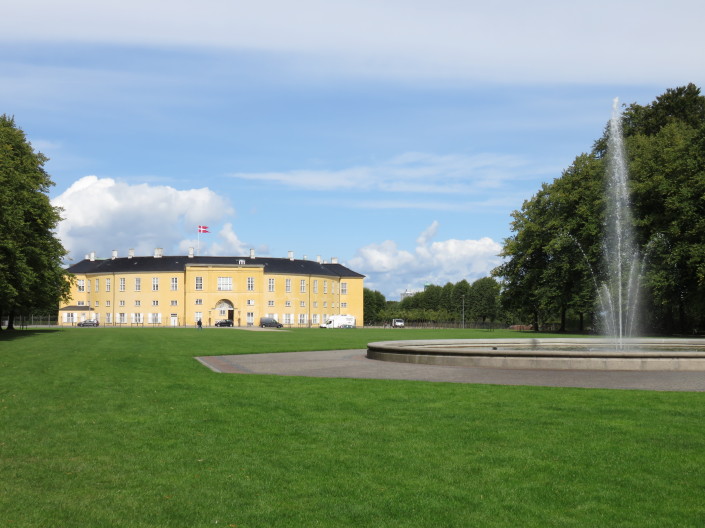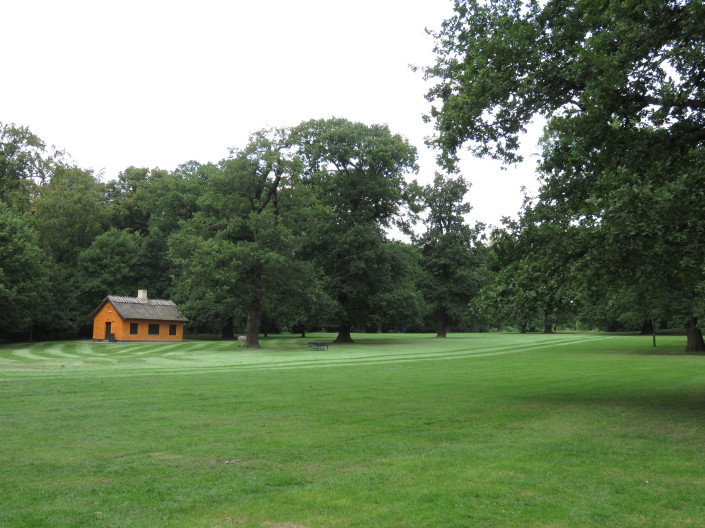Søndermarken – The Southern
Field
–
Søndermarken is a park in Frederiksberg on the border to Valby and the Carlsberg area in Copenhagen, Denmark. It shares much of its history with Frederiksberg Park from which it is separated only by Roskildevej. Cisternerne, an underground museum dedicated to modern glass art located in some former cisterns, is located inside the park.
Søndermarken was founded and landscaped at the same time as Frederiksberg Garden.
Søndermarken is the site of three underground cisterns which used to be part of Copenhagen’s earliest water supply system. In 2001 they were converted into a museum for modern glass art, Cisternerne, which has both a permanent collection and hosts special exhibitions. The museum, which is located near Roskildevej, opposite the main entrance to the Zoo, is topped by two entrance pavilions and a fountain from 1890.
The Memorial Mound is located on a slope and was erected in 1925 to commemorate Danish immigration to America. In the 1920s, Danish-Americans in the United States conceived the idea to erect a memorial in Copenhagen as a counterpoint to the traditions surrounding Rebild Hills celebrations in Jutland.
A committee of Danish-Americans was set up which charged the sculptor Anders Bundgaard with the commission. After prolonged discussions, it was ultimately decided that the monument should be a mound, with an embellished inner chamber, and that it was to be located in Søndermarken.
The necessary funds were raised through a worldwide collection among expatriate Danes. Some 12,000 dollars were collected and the monument was inaugurated in 1925 with a ceremony attended by 40,000 people, including the entire Danish royal family.
The mound is 8 meters in diameter and stands 5 tall. It is surrounded by tall trees and is reached along a narrow stone-lined passageway. Chiseled above the entrance is the inscription: “They who set out, never to return”. At the top of the cupola is a meter-wide opening to let in the daylight. At the center of the room is the life-size figure of a woman who embraces her children, symbolizing Mother Denmark. Built into the wall are 9 bas-reliefs with symbolic descriptions of the emigrants’ lives and activities abroad. On the floor is a five-pointed star representing the five continents.
The memorial mound is open to the public every year on 4 July.
There is a statue in the central reservation at each end of Norske Allé. At the zoo, end stands a statue of Adam Oehlenschläger, one of the central persons of the Danish Golden Age. It is designed by Julius Schultz and was originally located at the site of the current Frederiksberg Town Hall Square and inaugurated on 24 October 1897. When the new Town Hall was built, the statue was moved to its current location in Søndermarken and placed on a new plinth. It now faces Frederiksberg Palace where Oehlenschläger grew up.
At the other end of Norske Allé, near Carlsberg, stands a statue of the politician Carl Christian Hall, Danish prime minister from 1857 to 1859 and 1860 to 1863. It is designed by Vilhelm Bissen and was inaugurated on 15 September 1890.

